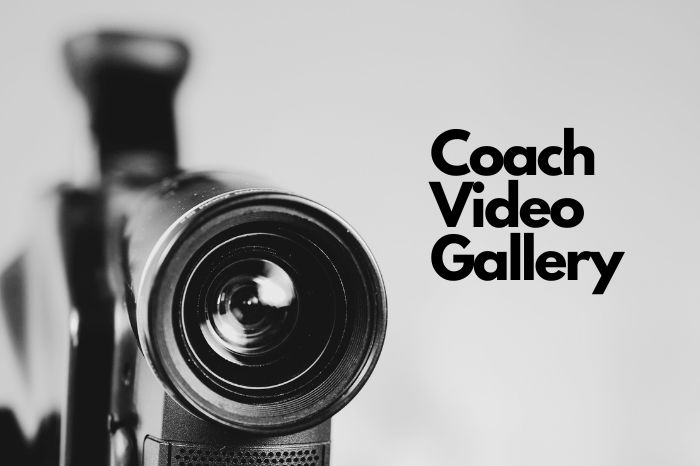Recently, while boxing up our house for a move, I came across a birthday card for my fifth birthday from my grandmother. Her handwriting was instantly recognizable, even all these years later. She’d drawn a heart and filled that heart with neat rows of Xs and Os.
My grandmother — we called her Sitty — immigrated to the U.S. from Lebanon and, for years, worked as a seamstress in a uniform factory. By the time I was born, she lived alone in the three-bedroom duplex where she’d raised her children after my grandfather died. When I was young, she taught me Arabic phrases: I love you. Thank you. What’s for lunch?
Sarah shares her inspiration for this post.
A single sentence can illuminate something hidden in a writer’s memory. Think small. Get closer. Our memories are collections.
I knew Sitty to be frugal, meticulous, and occasionally stern. She scrubbed dishes using netted citrus bags instead of sponges. Before a meal, she’d caution us: “Take what you want, but eat what you take,” and afterward, she’d stand near the sink, pinching leftover scraps with her fingers and eating them to ensure no waste. She scoured her floors every Saturday; she attended her church every Sunday. Afterward, she’d cook an enormous meal and invite the parish priest to join our family dinner.
Imagine my surprise, then, when as a girl I discovered an entire room in her apartment dedicated to frivolities: a mannequin, a collection of yardsticks, a jar full of marbles, and notebooks written, to my young mind, in a cryptic hand. Inside her old steamer trunk were coins and matchbooks from exotic locales, a gilded brush and mirror set, a stack of Reader’s Digest magazines with dog-eared pages, pens with the names of foreign cities: Bangkok, Lisbon. I’d spend hours snooping through her stuff with my sister, my curiosity sparked by the contradictions I found there: How could this stuff belong to Sitty? Why had she kept it all stashed away in this room? As a child, I was curious about the items themselves; now, I’m curious about what these belongings say about the woman who’d saved them.
This same curiosity drives my work as a novelist. I’m fond of Charles Baxter’s notion that a novel is “a collection of instances, of luminous specific details that take us in the direction of the unsaid and the unseen.” I think this advice can apply more broadly to nearly any kind of writing, especially as one considers how a single sentence can illuminate something hidden in a writer’s memory.
What did those matchbooks and pens say about Sitty? Or the gold-plated brush and mirror, obviously a gift, that she’d lovingly wrapped in cloth? These objects pointed to a woman different from the grandmother I knew. I imagine a beautiful young woman who’d lived years of adventure and imagination and travel and romance, but whose life then led her somewhere much different than that. This version of Sitty is much more complex than the grandmother whose sweet note is written inside that birthday card. More interesting, too.
In creative writing classes, I often have students imagine a living room belonging to a stranger. Then, as a class, we brainstorm a list of items that might be found there. The items can be anything, from a World Wrestling Federation poster to a collection of taxidermied butterflies. Once we’ve come up with a list of twenty or so items, I ask students to write a character sketch. Who lives here? What do these items tell us about this person, indirectly? How are these details pointing us in the direction of the unsaid and unseen?
And then there are the items in our own lives.
As a coach, when students claim they have nothing to write about, no instances in their lives that stand out as compelling or profound or essay-worthy, I know it is because they haven’t yet begun looking at their own world with curiosity. Think small, I say. Get closer. Our memories are collections too, like Sitty’s trove. What’s in there? Your story is in the details. Your story is already there.
Sarah is a Hillside coach.




